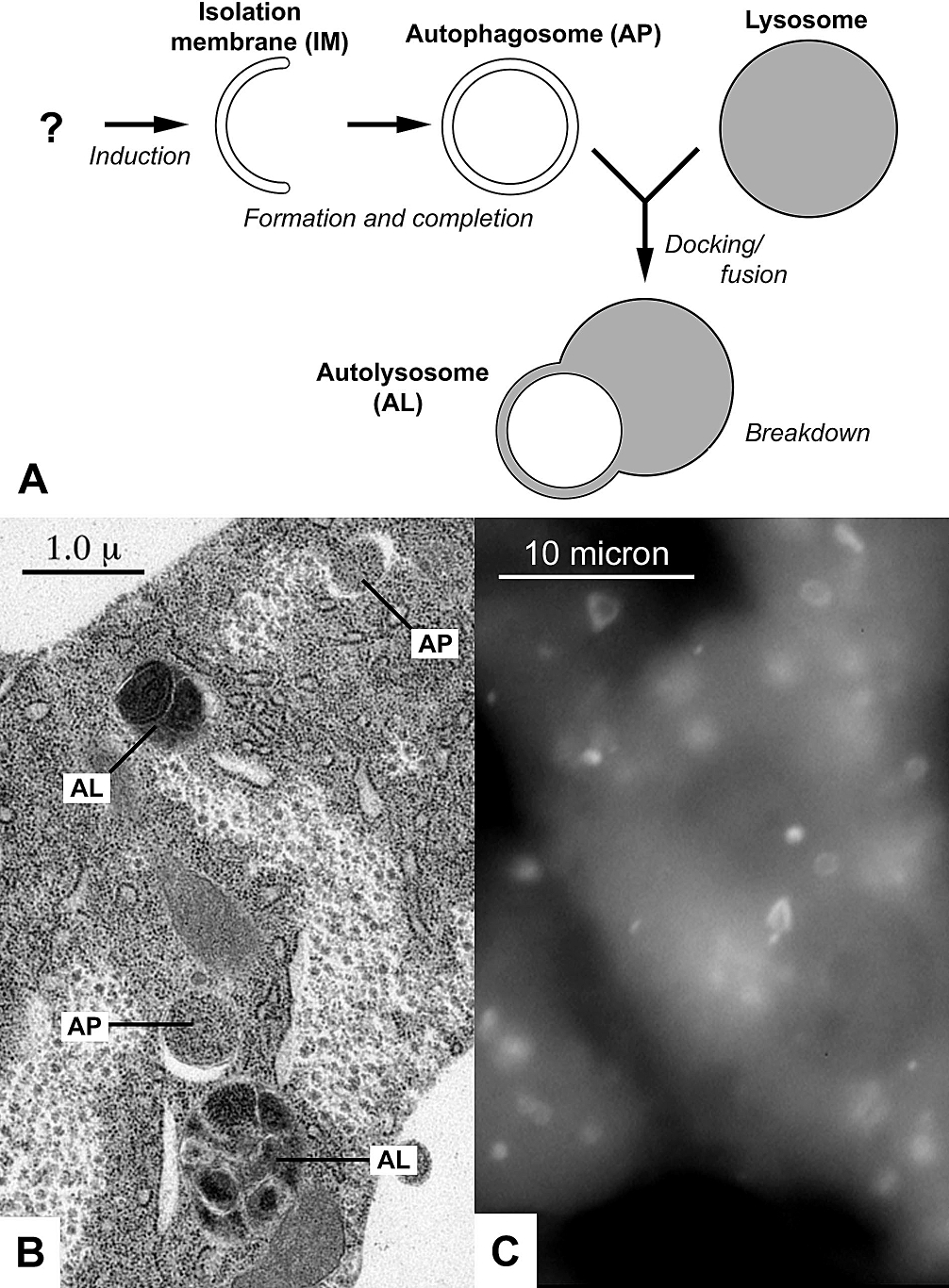The complete guide to living mindfully
- Introduction to Peter Attia's Approach to Holistic Health
- Nutrition and Longevity
- The Importance of Exercise
- The Role of Sleep in Health
- Stress Management Techniques
- Fasting for Health
- Gut Health and its Impact on Longevity
- Brain Health and Mental Acuity
- The Science of Autophagy
- The Role of Supplements in Health
- Genetics and Longevity
- Wrap-up and Final Thoughts
The Science of Autophagy
Understanding Autophagy: The Key to Cellular Health

Cellular catabolic process in which cells digest parts of their own cytoplasm.
Autophagy, derived from the Greek words for "self-eating," is a natural process that occurs in our cells. It's a crucial mechanism that helps maintain cellular health and function. In this article, we will explore the definition, history, role, and process of autophagy.
What is Autophagy?
Autophagy is a cellular process where cells degrade and recycle their own components. This process helps to eliminate damaged proteins and organelles, counteracting the harmful effects of aging and stress on cellular health. It's a way for the body to clean out damaged cells, in order to regenerate newer, healthier cells.
The Discovery and History of Autophagy
The concept of autophagy was first introduced in the 1960s when researchers observed that cells could destroy their own components by enclosing them in membranes and forming vesicles that were then transported to a recycling compartment, the lysosome, for degradation.
However, the mechanisms of autophagy remained largely unknown until the 1990s when Dr. Yoshinori Ohsumi conducted a series of pioneering experiments in yeast cells. His work led to the identification of genes essential for autophagy and the elucidation of the underlying molecular machinery. This groundbreaking research earned him the Nobel Prize in Physiology or Medicine in 2016.
The Role of Autophagy in Cellular Health and Function
Autophagy plays a crucial role in maintaining cellular health. By removing damaged components and recycling nutrients, it helps to ensure the proper functioning of cells. It's particularly important in neurons, which are largely non-dividing and thus rely heavily on autophagy to eliminate damaged proteins and organelles.
Moreover, autophagy plays a key role in response to nutrient starvation. By breaking down unnecessary or dysfunctional components, cells can reuse the resulting molecules and energy to maintain cellular functions and adapt to the starvation condition.
The Process of Autophagy: Initiation, Nucleation, Elongation, and Fusion
Autophagy is a multi-step process that includes initiation, nucleation, elongation, and fusion.
-
Initiation: The process begins when a portion of the cell's cytoplasm, including organelles, is sequestered within a double-membrane structure known as the phagophore.
-
Nucleation: The phagophore expands and starts to envelop the cellular components that are to be degraded.
-
Elongation: The edges of the phagophore then extend and fuse to form a double-membrane vesicle known as an autophagosome.
-
Fusion: The autophagosome fuses with a lysosome to form an autolysosome. The contents of the autophagosome are then degraded by lysosomal enzymes, and the resulting molecules are released back into the cytosol for reuse.
In conclusion, autophagy is a vital process that helps maintain cellular health and function. By understanding this process, we can better appreciate its role in health and disease, and potentially harness its benefits for improved health and longevity.